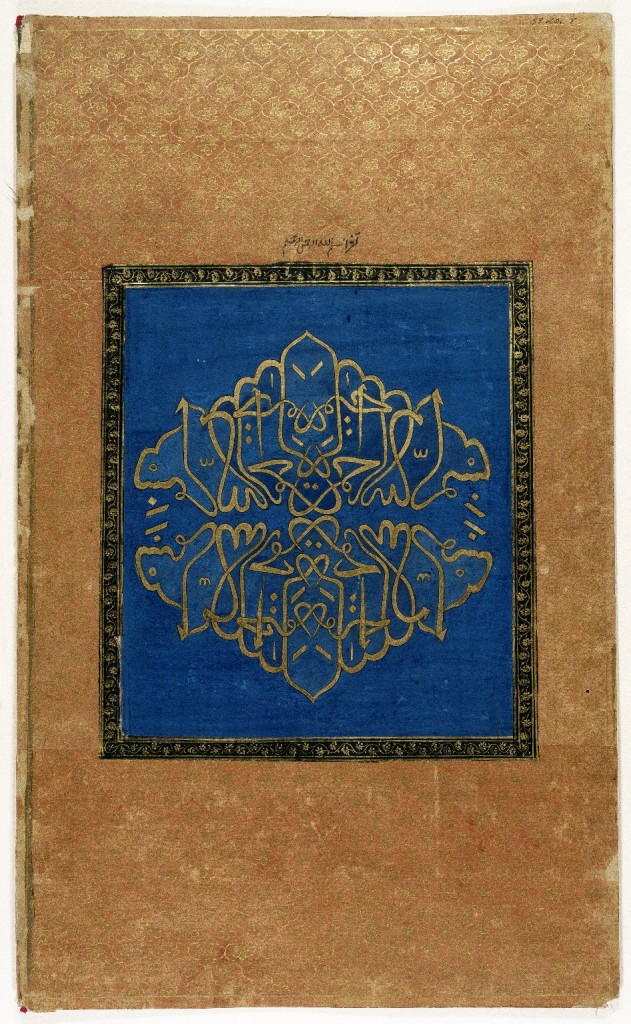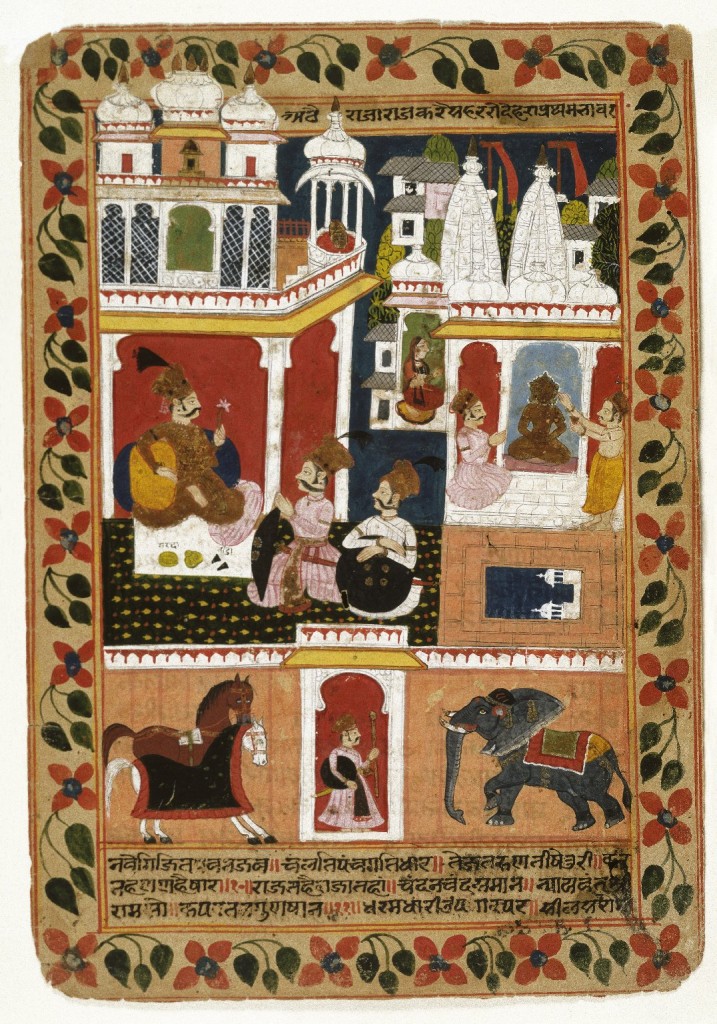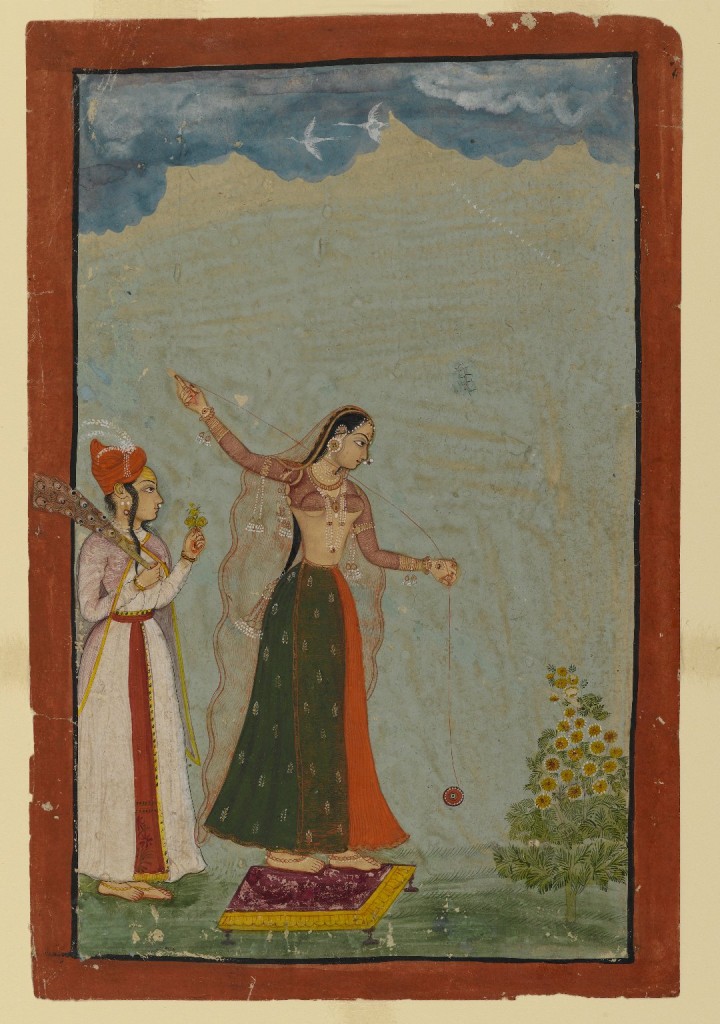Split Second Stats #3: Gender and Information
In the last blog post about Split Second, I talked about how adding extra information about a work changed what people thought about it. In general, adding information about a work causes ratings to increase. However, this isn’t the whole picture. We found that men and women reacted differently to the addition of information.
While ratings increased for both men and women when information was added, women’s ratings increased more. Men’s ratings go up by an average of 7.58 points, while women’s ratings go up by an average of 10.4 points. This indicates women react more enthusiastically to the addition of information than men. Now, this finding is an average calculated across all 40 objects included in the information section of the experiment. When we look at individual objects, the story gets more complicated. For certain objects, one gender increased their ratings substantially more than the other, and sometimes men and women would change their ratings in the opposite direction.

Indian. The Bismillah, 1875-1900. Opaque watercolor and gold on paper, sheet: 19 5/8 x 11 13/16 in. (49.8 x 30.0 cm). Brooklyn Museum, Gift of Philip P. Weisberg, 59.206.8
The largest difference between men and women when information was added was for The Bismillah, pictured above. When information was added to this painting, men’s ratings increased by 2.36 points, while women’s ratings increased by 20.37 points—an order of magnitude larger. Because these rating changes are a function of the form of both the painting and the additional information, it’s very hard to say why the changes are they way they are. The Bismillah is a non-representational painting, but we didn’t have enough similar paintings in our sample to determine whether that was the determining factor. Similarly, without conducting more controlled research, we can’t determine whether there was a specific element or topic of the additional information which caused the change, or whether there was some interaction between the non-representational nature of the painting and the description of its religious function.

Karam and Mahata Chandji. Double-sided Leaf from a Chandana Malayaqiri Varta series, 1745. Opaque watercolor and gold on paper, sheet: 11 3/8 x 7 7/8 in. (28.9 x 20.0 cm). Brooklyn Museum, Gift of Mr. and Mrs. Paul E. Manheim, 69.125.5
The gender-switched counterpart to The Bismillah is the Double-sided Leaf from a Chandana Malayaqiri Varta series. While women increased their ratings dramatically more than men for The Bismillah, men increased their ratings dramatically more than women for the Double Sided Leaf. Women’s ratings increased by an average of 2.25, while men’s increased by an average of 12.86. Again, this result is perplexing. The content of the painting doesn’t include any of the familiar tropes of gender-difference discussions like sexuality or violence. Although livestock are pictured, and there are some prominently featured mustaches, it’s hard to say whether these factors were decisive.

Mughal (style of). Lady with a Yo-yo, ca. 1770. Opaque watercolor and gold on paper, sheet: 9 1/4 x 6 3/16 in. (23.5 x 15.7 cm). Brooklyn Museum, Gift of Alan Kirschbaum, 80.268.1
For a few paintings, men’s and women’s ratings moved in opposite directions. The most dramatic example is Lady with a Yo-yo, pictured above. Women’s ratings increased by an average of 8.4, while men’s ratings dropped by an average of 5.6.
We did find a relationship between these ratings changes and the complexity of an image. For women, as paintings got more complex, their ratings increases got lower (cor = -.34, p = 0.028). That is, women were less affected by additional information as the complexity of the image increased. (Viewed a different way, women were more affected by additional information when paintings were simpler.) Men showed the same pattern, but it was much weaker—so weak, in fact, that we can’t be completely sure it was a statistically significant effect (cor = -.27, p > 0.08). Unfortunately, this finding does not explain the dramatic differences described above. To decide that question decisively, we’d need to design an experiment which would allow us to analyze these ratings changes in terms of the type of content included in a work.
Stay tuned for the next post!

Beau Sievers is a composer and music cognition researcher. He has a blog. Growing up in the Bay Area, he's been bossing computers around (and vice versa) since the 3rd grade. He is currently working on his PhD at the University of Virginia.


Michelle Pennington - 12 years ago
I find this study and your analysis of it fascinating. An additional aspect to factor into another experiment is the interpretive slant to the text accompanying the image. While this is certainly related to the content of the work of art, the writer’s choice of information to privilege in the text can impact the viewer’s perception as well.
Beau Sievers - 12 years ago
Michelle, that’s right, but it’s actually even trickier! The interpretive slant of the text may be important, but I think what that points toward is an interaction between the content of the image and the content of the text. That is, thoughts about the text and about the image will inform one another. Not only is this a question about meaning, but it’s a question about implicit meaning derived from a relationship between two things—this would be very difficult to study quantitatively, so we’ve dodged the issue for now. But I agree; a thorough investigation of this issue would be fascinating.
Michelle Pennington - 12 years ago
Yes, I agree it is quite complex and would take years to be done in any thorough kind of way. Even a study that doesn’t hope to be comprehensive would be interesting I think. If you isolated a set of variables (three interpretive approaches for each work of art randomly assigned per respondent let’s say) and test for preference in the way that Split Second does, I would think you could analyze the results in a way that could be meaningful even if it just scratches the surface (and skirts the meaning making issue for now).